Chilled shrimp, with its tender texture and delicate flavor, is a culinary delight that transcends seasons and occasions. Whether served as an elegant appetizer at a summer soirée, a light lunch on a sweltering afternoon, or a gourmet addition to a salad, chilled shrimp offers versatility and sophistication. Yet, achieving the perfect balance of flavor, texture, and presentation requires attention to detail and a few insider techniques. This comprehensive guide will walk you through selecting the finest shrimp, mastering cooking methods, enhancing flavor through marinades and seasonings, and presenting your dish with flair. By the end, you’ll be equipped to create chilled shrimp dishes that rival those of five-star restaurants.
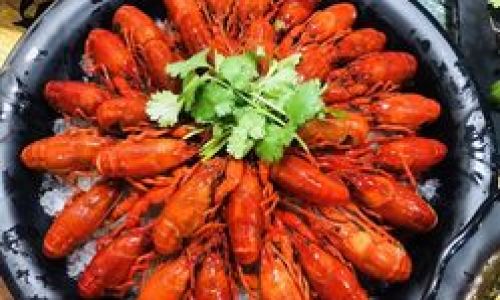
Choosing the Right Shrimp
The foundation of exceptional chilled shrimp begins with selecting high-quality seafood. Freshness is paramount, as shrimp’s delicate flavor can quickly deteriorate if not handled properly. When shopping, look for shrimp with firm, translucent flesh and a mild, briny scent—avoid any specimens with a strong “fishy” odor, which indicates spoilage.
Fresh vs. Frozen: While fresh shrimp is ideal, the vast majority sold in markets is previously frozen. Freezing technology has advanced significantly, allowing frozen shrimp to retain much of its texture and flavor. Opt for individually quick-frozen (IQF) shrimp, as they are less likely to clump together and can be thawed in small batches.
Size Matters: Shrimp are sized by count per pound (e.g., “16/20” means 16-20 shrimp per pound). Larger shrimp (such as colossal or jumbo) are often preferred for chilled preparations, as their meat is more substantial and less prone to overcooking. However, medium-sized shrimp can be equally delicious when cooked and chilled correctly.
Wild-Caught vs. Farm-Raised: Wild-caught shrimp often boast a sweeter, more complex flavor, while farm-raised varieties tend to be milder. Consider the dish’s flavor profile when making your selection. For example, wild-caught shrimp pairs beautifully with citrusy marinades, while farm-raised shrimp may benefit from bolder seasonings.
Sustainability: Prioritize shrimp certified by organizations like the Marine Stewardship Council (MSC) or labeled as “Best Choice” by the Monterey Bay Aquarium’s Seafood Watch program. Sustainable choices protect marine ecosystems and ensure the longevity of shrimp populations.
The Cooking Process: Precision is Key
Overcooking is the enemy of shrimp. Its delicate meat turns rubbery and dry when exposed to excessive heat. To avoid this, master the art of poaching—a gentle cooking method that ensures even doneness.
Poaching Liquid: Enhance your shrimp’s flavor by infusing the poaching liquid with aromatics. A classic mixture includes water, lemon slices, black peppercorns, bay leaves, and a handful of fresh herbs (such as parsley, thyme, or dill). For a Mediterranean twist, add crushed garlic, smashed lemongrass, or a splash of white wine.
Technique:
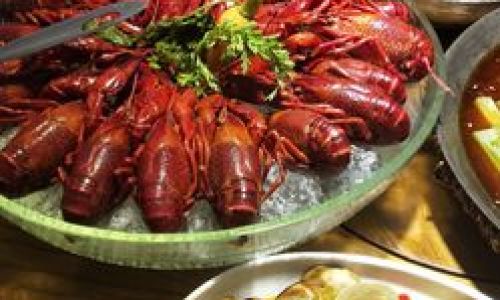
- Bring the poaching liquid to a simmer in a large pot.
- Add the shrimp and stir gently.
- Cook for 2-3 minutes (for medium shrimp) or until the flesh turns opaque and curves into a loose “C” shape. Overcooked shrimp will form a tight “O” shape.
- Immediately transfer the shrimp to an ice bath to halt cooking. This step is non-negotiable—it locks in moisture and prevents the shrimp from becoming tough.
Grilling Alternative: For a smoky flavor, grill shrimp on skewers over medium-high heat. Brush with olive oil to prevent sticking and cook for 2-3 minutes per side. Chill thoroughly before serving.
Cooling and Chilling: The Ice Bath Ritual
The ice bath is a chef’s secret weapon for perfectly chilled shrimp. After poaching, submerge the shrimp in a mixture of ice and cold water for 5-7 minutes. This rapid cooling preserves texture and enhances the shrimp’s natural sweetness. Once cooled, pat the shrimp dry with paper towels to remove excess moisture—this prevents sogginess and ensures seasonings adhere properly.
Chill the shrimp in the refrigerator for at least 1 hour before serving. For added convenience, prepare the shrimp a day in advance; the flavors will meld beautifully overnight.
Seasoning and Marinades: Elevating Flavor
Chilled shrimp’s mild flavor provides a blank canvas for creativity. Whether you prefer simplicity or boldness, the right seasoning can elevate your dish.
Classic Seasonings:
- Old Bay Seasoning: A timeless blend of celery salt, paprika, and spices. Toss shrimp lightly in olive oil, sprinkle with Old Bay, and chill.
- Lemon and Herbs: Toss chilled shrimp with lemon zest, fresh dill, and a drizzle of olive oil.
- Cocktail Sauce: Serve shrimp with a tangy cocktail sauce made from ketchup, horseradish, lemon juice, and Worcestershire sauce.
Marinades: For deeper flavor, marinate shrimp for 30 minutes to 1 hour before or after cooking. Avoid marinating for longer, as the acid in ingredients like citrus or vinegar can “cook” the shrimp (a process called ceviche), altering its texture.
Recipe Ideas:
- Garlic-Herb Marinade: Whisk together olive oil, minced garlic, chopped parsley, thyme, and a pinch of red pepper flakes.
- Soy-Ginger Glaze: Combine soy sauce, grated ginger, honey, and rice vinegar for an Asian-inspired twist.
- Spicy Chipotle: Mix adobo sauce, lime juice, honey, and smoked paprika for a smoky-sweet kick.
Serving Suggestions: From Appetizers to Main Dishes
Chilled shrimp’s versatility shines in various presentations.
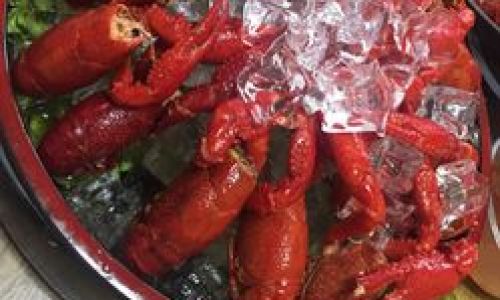
Appetizers:
- Shrimp Cocktail: Arrange shrimp on a platter with a bowl of cocktail sauce in the center. Garnish with lemon wedges and fresh parsley.
- Skewers: Thread chilled shrimp onto skewers with cherry tomatoes, olives, or cubes of feta cheese.
Salads:
- Shrimp and Avocado Salad: Toss shrimp with diced avocado, cherry tomatoes, red onion, and a lime-cilantro dressing.
- Mediterranean Shrimp Salad: Combine shrimp with cucumber, Kalamata olives, feta cheese, and a lemon-oregano vinaigrette.
Main Dishes:
- Shrimp Ceviche: Marinate cooked shrimp in lime juice, diced mango, red onion, and jalapeño for a refreshing twist on the classic.
- Shrimp Pasta Salad: Mix shrimp with cooked pasta, pesto, cherry tomatoes, and fresh basil.
Dipping Sauces:
- Remoulade: Mayo-based sauce with capers, pickles, and Dijon mustard.
- Aioli: Garlic-infused mayonnaise with a squeeze of lemon.
- Mango Salsa: Diced mango, red bell pepper, cilantro, and lime juice.
Pro Tips for Perfect Chilled Shrimp
- Avoid Overcooking: Err on the side of undercooking, as shrimp will continue to cook slightly after removal from heat.
- Peel Before or After?: Peeling before cooking allows seasonings to penetrate the meat, while peeling after chilling preserves the shrimp’s shape.
- Flavor Infusion: Save the poaching liquid! Strain and reduce it to create a concentrated shrimp essence for sauces or soups.
- Presentation: Arrange shrimp on a bed of ice or crushed ice to keep them chilled during serving. Garnish with edible flowers or microgreens for elegance.
Safety and Storage
- Refrigeration: Store cooked shrimp in an airtight container for up to 3 days.
- Freezing: While possible, freezing can alter texture. If freezing, lay shrimp in a single layer on a baking sheet, freeze until solid, then transfer to a freezer bag. Thaw in the refrigerator.
- Cross-Contamination: Always use separate utensils and cutting boards for raw and cooked shrimp to prevent foodborne illness.
Beyond the Basics: Creative Twists
- Smoked Shrimp: Use a smoker or stovetop smoker to infuse shrimp with hickory or applewood flavor before chilling.
- Spicy Pickled Shrimp: Marinate shrimp in a brine of vinegar, sugar, and spices (like mustard seeds and allspice) for a tangy, addictive appetizer.
- Shrimp Ceviche “Tacos”: Serve chilled shrimp marinated in lime juice with avocado slices and corn tortillas for a no-cook twist on tacos.
Conclusion
Chilled shrimp is a testament to the beauty of simplicity. By prioritizing fresh ingredients, mastering cooking techniques, and experimenting with flavors, you can transform this humble seafood into a showstopping dish. Whether hosting a dinner party or craving a light meal, chilled shrimp offers endless possibilities. So next time you’re at the market, grab a pound of shrimp, and let your culinary creativity shine. Your taste buds—and guests—will thank you.
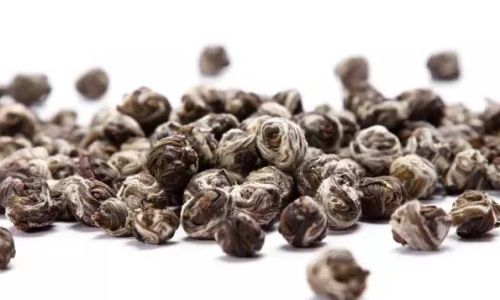
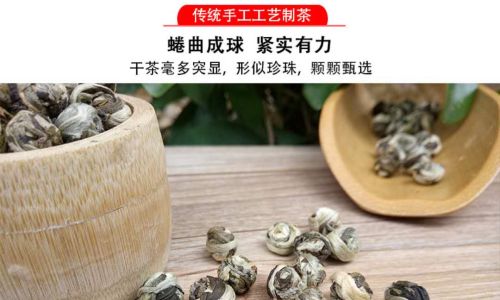

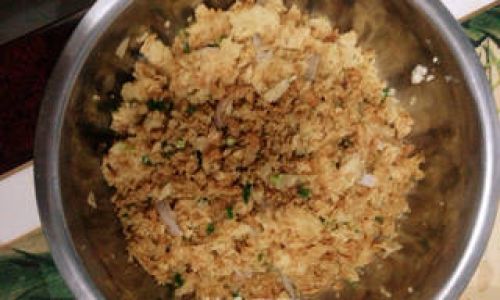


0 comments